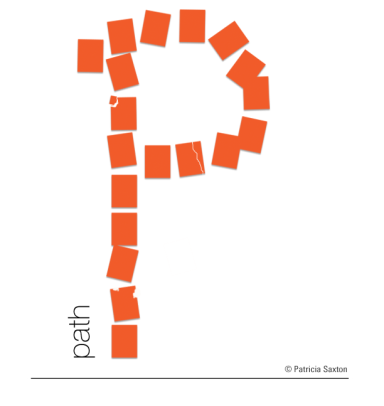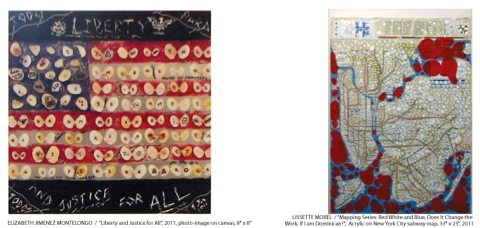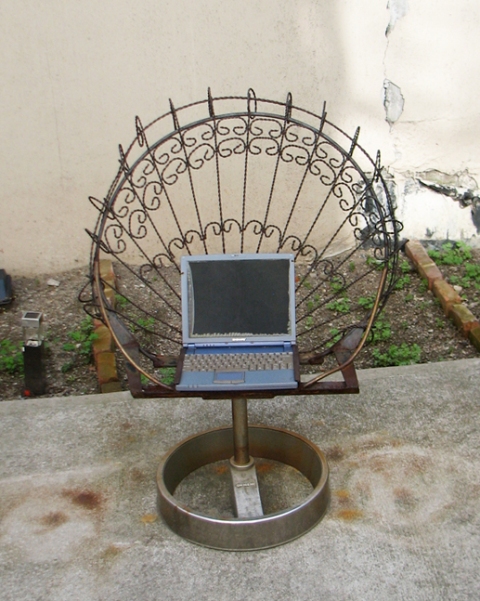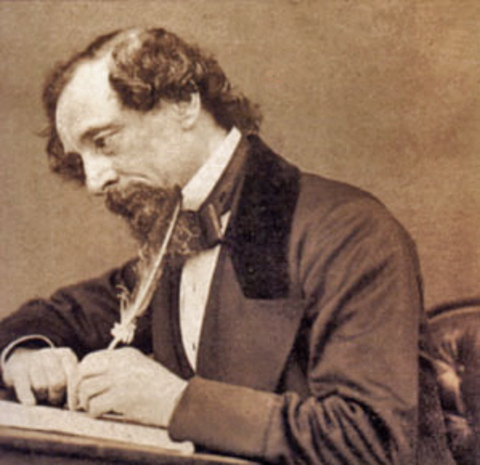Weird Theatre of The Contemporary Art World
Clearly, I’m doing something really wrong.
According to cutting edge L.A. gallery owner Tim Blum (interviewed on 60 Minutes at Miami’s Art Basel, one of the biggest, most lucrative art fairs in the country), the contemporary art world has become the ‘wild wild west’ of our time, a place with no rules and a multi-billion dollar economy.
As 60 Minutes’ Morley Safer said (I paraphrase), art fairs like the Art Basel are not necessarily the places you’ll find art that stirs the soul or shows you beauty, gives you a sense of peace or upliftment. No, here it seems the more bizarre, the better. With outrageous price tags.
So I’ll admit that a small little part of my brain is saying, hey, maybe I could do some crazy s#%t and get on the bandwagon here! Because apparently art buyers want avant-garde, controversy, angst, and things projecting off walls that leave you feeling bafflingly unsettled.
But I can’t go there. It wouldn’t be authentic. And art, if nothing else, should come authentically from the artist’s heart.
There are many amazingly talented artists going without notice who have something quite real to share. Very different from a more theatrical art-speak world developed by god-knows-who-who-pulls-the-strings about what should “be worth” millions of dollars. But then maybe I’m just jealous that I didn’t think of creating a piece of art consisting of faucet fixtures placed on a wall.
I’m also guessing this post won’t win me any calls from highfalutin art dealers or earn me a show at the MOMA. Mind you, I have nothing against unusual interpretations, those who might feel, say, that a blue toilet seat is a deeply profound statement on some important aspect of life that I’m not enlightened enough to understand ~ but I am blown away by what brings the highest bidders.
There’s room in this world for all kinds of expression, and I applaud artists’ works being received and financially rewarded. I just don’t “get” the phenomenon of this particular, and kind of peculiar, corner of the marketplace. The jaw-dropping checks written for works that are at best “intriguing” for a moment or two. (But that’s just my opinion. Obviously some folks find them intriguing for longer than that; and those same people would most likely find my work incredibly boring.)
I suppose it all boils down, at some level, to the old unanswerable question “what is art”? And what will the market bear…?
Makes you wonder though. Where are the Michelangelo’s and DaVinci’s of our time? Where would Van Gogh, Homer, Innes, Benton and O’Keefe fit in all this? Where is the quiet but lasting emotional response as opposed to an immediate surface “shock”? Or will time, the great tester, find us nostalgic for dangling lightbulb art? I guess it could happen. And those who had the vision to see what so many of us don’t, will be hailed.
What a strange world we live in. Maybe I’ll just go out back and grab a banana from my van.
The full 60 Minutes segment can be read here.
































